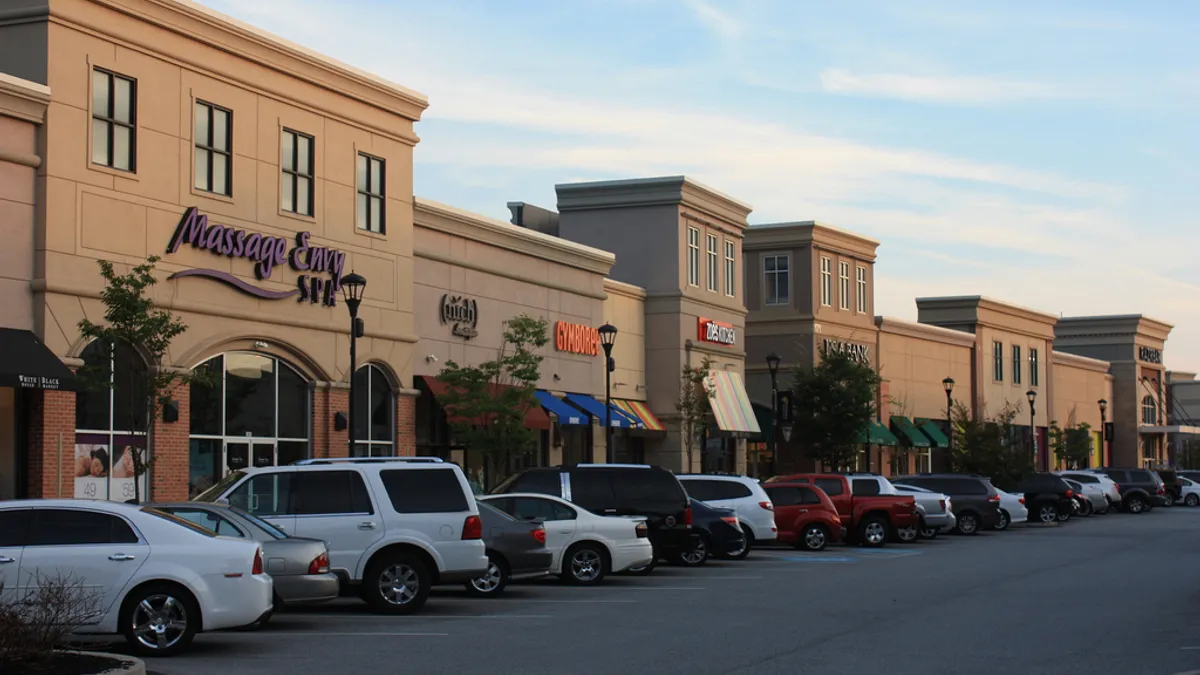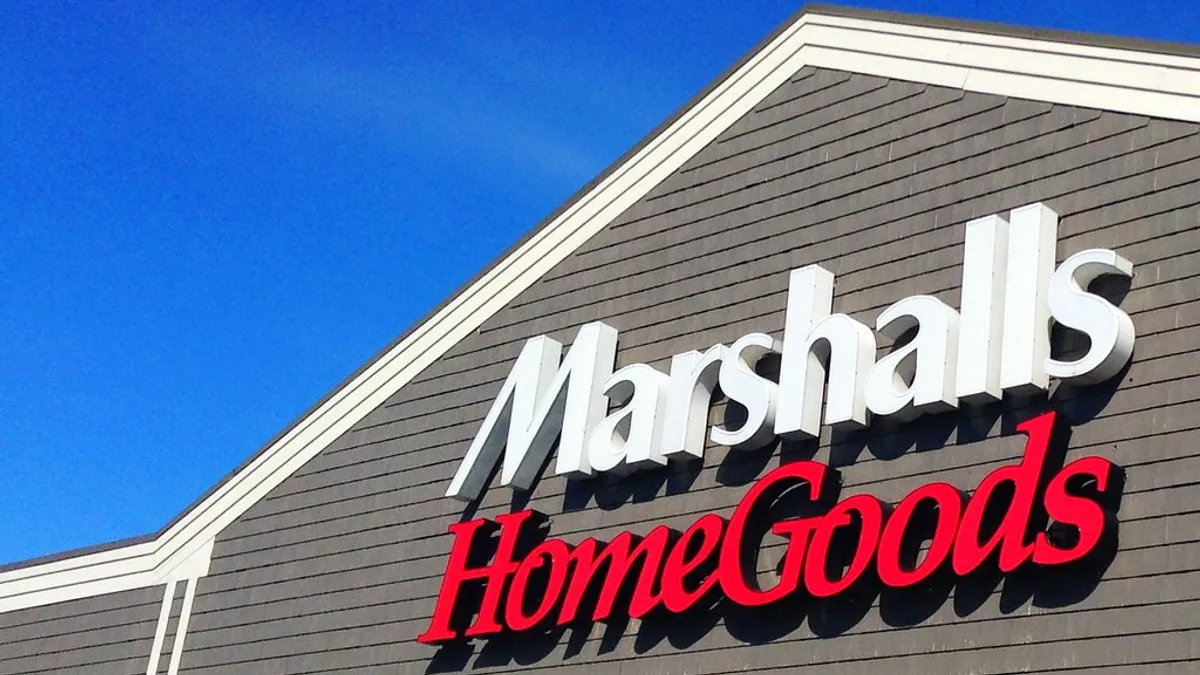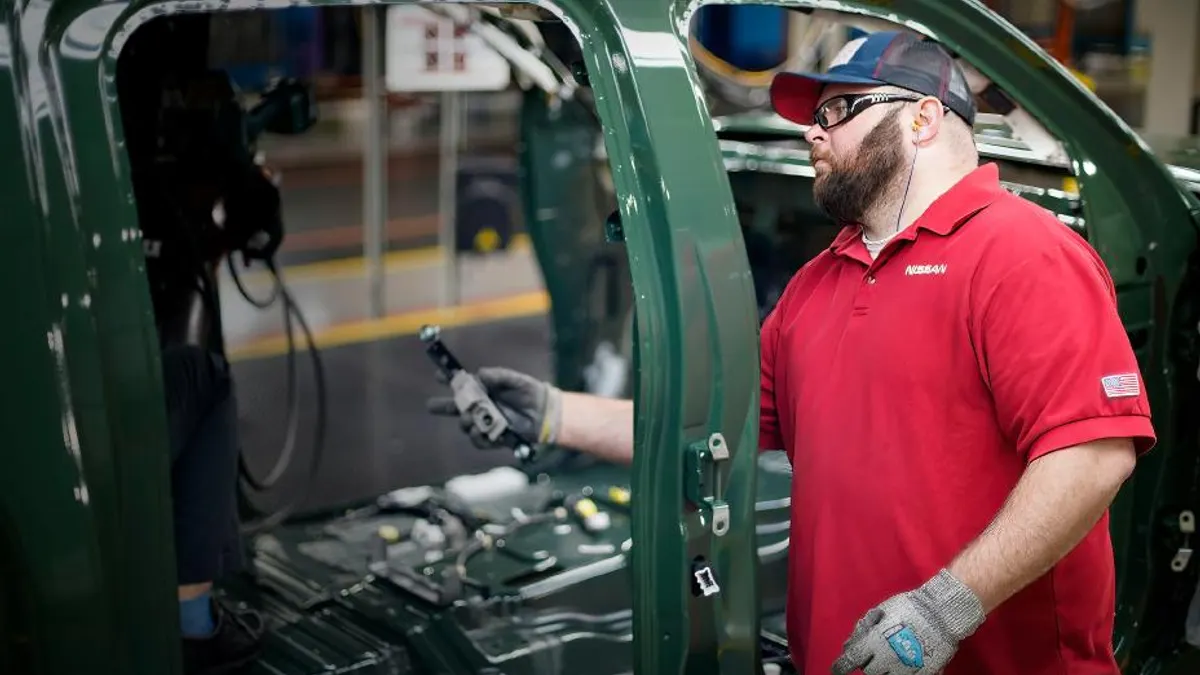The retail industry is changing rapidly, but even amid this change store managers remain the bedrock upon which retail empires are built.
Retail store managers need to serve customers and make sure they’re supporting their sales personnel. They oversee stocking, make sure promotions and signage are current, and schedule employees. With the rise in internet sales, though, that role has gotten more complicated. Managers may be saddled with additional responsibilities, like order fulfillment for shipping or in-store pickup, plus handling returns from online orders.
In some ways, technology helps make it easier to maintain product visibility and understand sales. But even with technology, overloading managers with additional duties means they may be spread too thin to support in-store sales.
Here’s a few ways the store manager is helping ensure retail supply chain success.
Separating responsibilities to face new challenges
Store managers are experimenting with different ways to handle store tasks, whether restocking the shelves or in-store fulfillment.
One model is to have a set of employees dedicated to picking for online products in the store, a dedicated group restocking shelves at night. That could include a separate manager as well. As an example, Home Depot now has separate employees handling restocking, so that front line employees can take care of customers, said Ronald Hess, associate professor of marketing at the Mason School of Business at the College of William & Mary.
“What Home Depot has done so brilliantly is eliminate as much as possible from the stores to make it easier for the managers and the stores to serve customers who walk in the door,” Hess said. By simplifying the environment, Home Depot customer satisfaction is up and the financials are good too. “My first reaction to picking in the store is that you’re adding complexities.” If floor salespeople are picking, then they’re not working with customers. “That equation usually never works,” Hess said.
The best customer-experience retailers are ones where the store managers are exceptional and are dedicated to serving customers. If you add on other responsibilities to their jobs, Hess said, that muddies the landscape.
How do stores adapt to in-store fulfillment?
One of the big changes for retail stores is customers buying online and picking up in-store.
Students at University of Tennessee Knoxville are working with a major retailer on a dorm design project, where students can design their dorm room and order everything online, then pick it up at the retailer closest to campus. “For back to college, this makes sense. You can have everything from bedspreads to waste baskets,” said Coleman Piper, the school’s executive in residence, who teaches retail strategy and operations.
Programs like this aren’t complicated, Piper said. It’s a matter of execution and paying attention to detail. The problem is when the store doesn’t stock the right products.
“Once you raise a person’s level of expectation, you need to be able to execute, or you’d better not offer it,” he said. That’s where technology enters, to ensure that the actual products are available. “That’s the responsibility of the store manager. If customers are coming into the store to pick up, make sure everything is in place.”
If you don’t have things in stock, eventually they’ll stop shopping there.

Ronald Hess
Associate Professor of Marketing, College of William & Mary Mason School of Business
Data accuracy is a major issue, according to the JDA Voice of the Store Manager survey, as online inventory can differ from in-store inventory, and there’s not always good visibility. Plus, picking out of the store can significantly strain the supply chain.
“If you strain the store internally, it can lead to stock-outs,” said Hess. In most of the larger stores, there’s a supply chain group responsible for ensuring that in-stocks are not a problem. “I walk through plenty of stores and see stock-outs left and right, and I’m surprised by it,” said Hess, who also does retail consulting, specializing in the retail customer experience. “Some of the (supply chain) systems are not strong enough to handle the mega stores.”
Innovative companies are trying out robotics to canvas the aisles, photographing in-stock positions and deviations from the planogram, and reporting back to managers.
Mitigating out of stocks: are rainchecks acceptable?
Customers don’t want to hear about rainchecks anymore. “If you’re advertising it, I want it to be there,” said Piper, especially since technology allows predictions and targeting of how many units will be sold.
Part of a salesperson’s job these days is sometimes offer item shipping if the product is not available at the store. “In my opinion, that happens too much,” Hess said. Retail or supply chain managers don’t understand that when a customer is buying something, they often want to use it immediately.
“All you’ve done is invited them to shop somewhere else,” he said, or order it from a company that ships more quickly. “Pulling out the iPad has become a crutch, that says 'our supply chain is not keeping up.' We don’t have adequate inventory of the store.’ They don’t understand that the physical store is a very expensive piece of property. If you don’t have things in stock, eventually they’ll stop shopping there.”
Managers must ‘become a master’ of the store
The store manager has to understand the business and profitability issues. That includes looking at hot spots where you can sell merchandise, using placement, visual support and signage.
Retail store managers have to “become a master of knowing the products in the store, how well they’re doing, and giving feedback that’s appropriate to the right people,” said Piper. Technology has given supply chain managers in the corporate office the ability to see what’s selling in certain categories.
It's more important than ever to give the customer coming in a pleasing and satisfactory experience.

Coleman Piper
Executive in Residence, University of Tennessee Knoxville
“All they’re analyzing is numbers,” he said. A good store manager can give the reasons behind it. “The buyer doesn’t know if the product is on the floor or in a stock room, they just know if it’s selling great or not.”
The store appearance is more important now than ever, “execution of a visual strategy, no matter what kind of retailer you are.” The store has to look neat, clean and without boxes in the aisle or merchandise on the floor. “Customers have a choice. They don’t have to go to a brick and mortar store. You want people to visually like what they see,” said Piper.
Last but not least, people are still important
While retailers are looking for a silver bullet for how to fix brick and mortar stores, it comes down to basics “that anyone who has been in store management should know – treating associates the right way and motivating them,” said Piper. They need a highly trained, highly motivated and committed team. “That’s the way it was when I worked in the business, and that’s the way it is now. I’d argue it’s even more important now.”
Piper spent 30 years in various store management and executive positions at Proffitt’s department store, starting when they had four locally-owned Tennessee stores, through their expansion to 300 stores and Proffitt’s ownership of Saks Fifth Avenue. When he first started there, consumers had the choice of store or catalog when they wanted to buy something, and most chose the store.
“Now I can sit in my living room and buy everything for Christmas,” he said. “What is the reason I’d get dressed and fight traffic to come to a store? It’s more important than ever to give the customer coming in a pleasing and satisfactory experience. You’ve got to be on top of your inventory and replenishment. The customer has to feel like they can find the merchandise they want.”
Pulling out the iPad has become a crutch, that says 'our supply chain is not keeping up.'

Ronald Hess
Associate Professor of Marketing, College of William & Mary Mason School of Business
And that includes salespeople with positive attitudes who make the customers feel the store appreciates their business. “You need enough folks to wait on them,” he said. That means having a store manager who understands the company’s mission and vision, which hopefully includes providing a great customer experience.
The manager must hire the right people and stay on the floor to support them. “You can’t sit in your office and look at your computer screen. If you’re not out there with the associates, they feel you don’t care about them and there’s a tendency to just go through the motions.”
It’s rare now to find people looking for a career in retail sales, but if a manager approaches it the right way, the manager can build a team and keep them highly motivated to do what needs to be done.






















